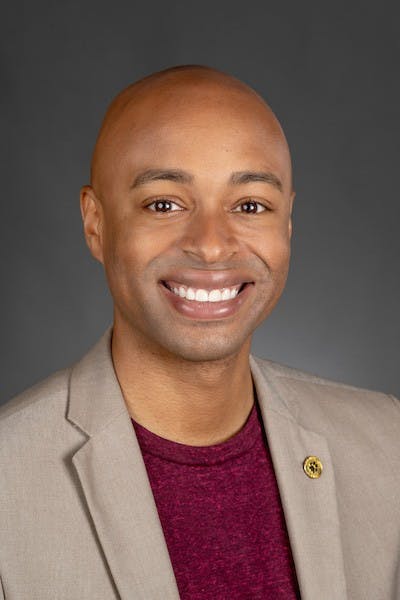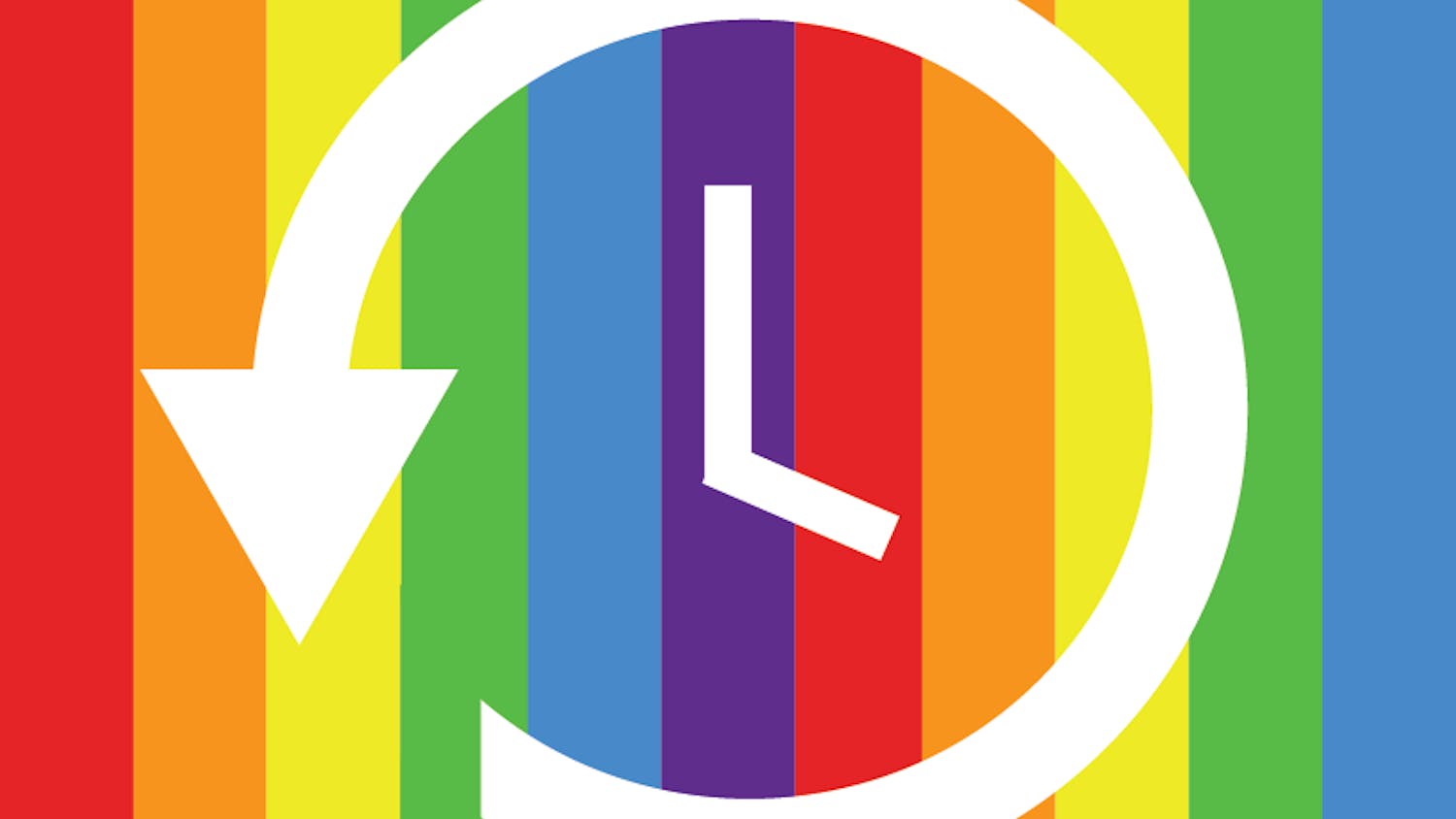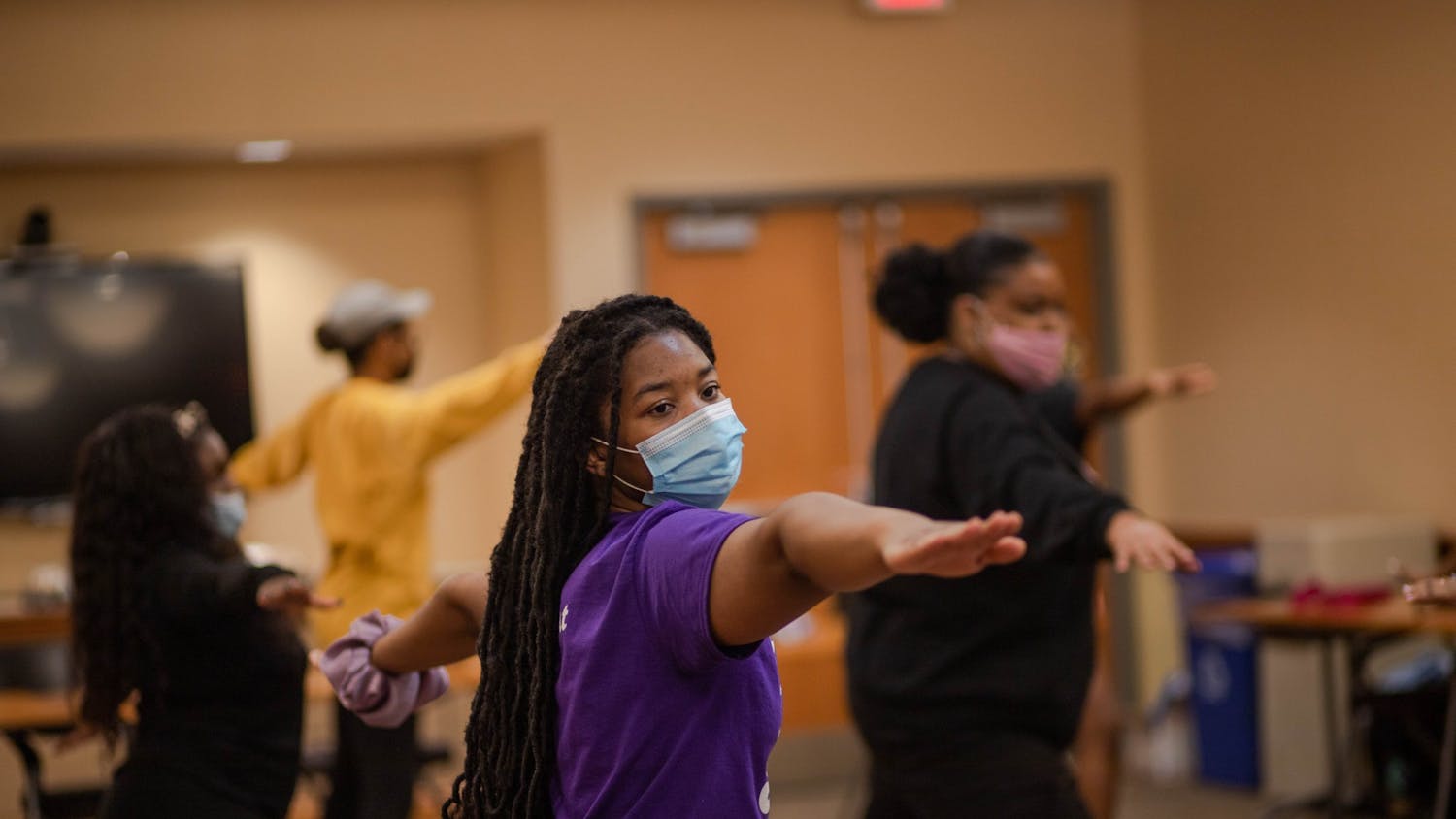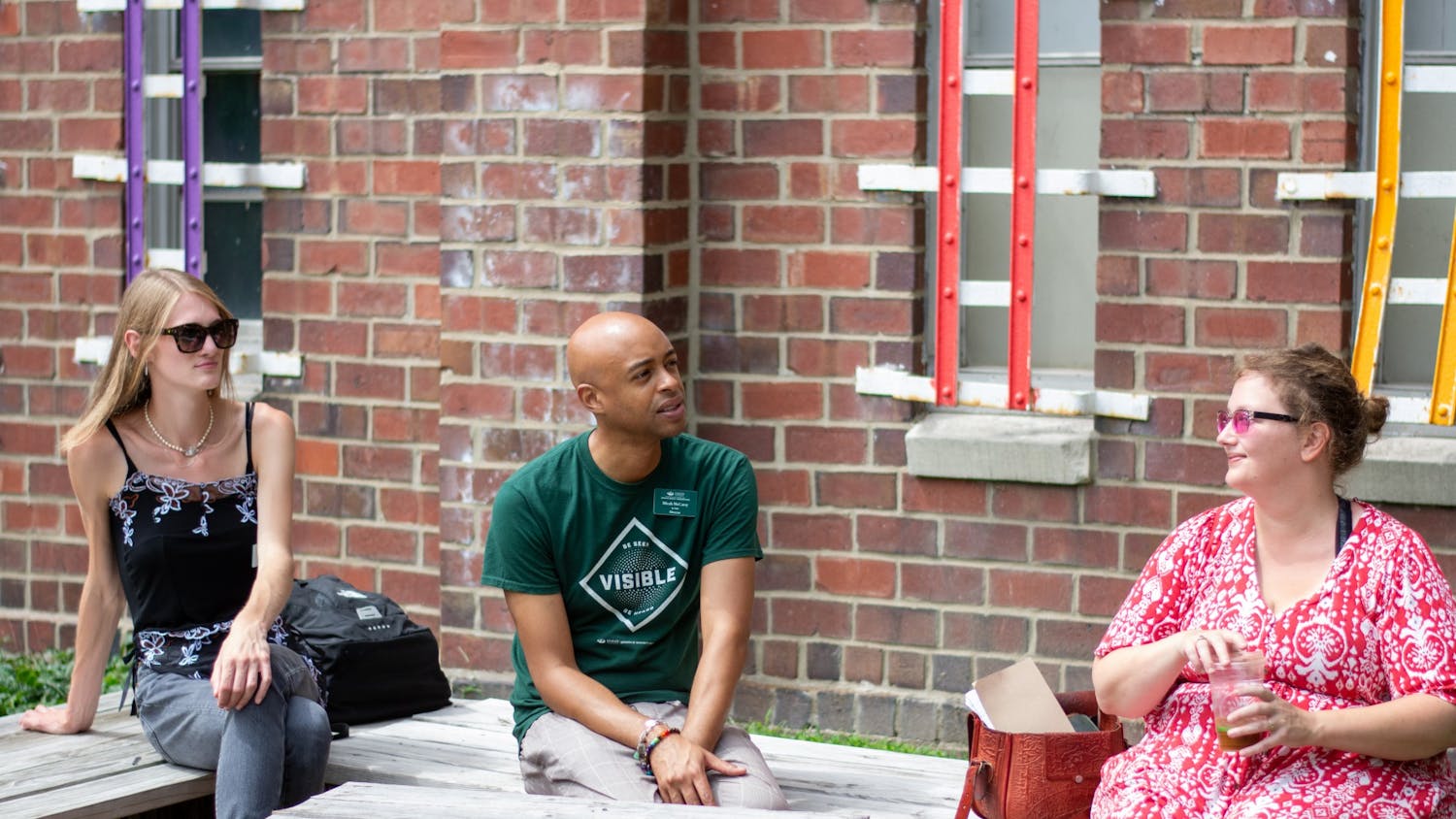In 2004, a handful of Ohio University students banded together to create a student organization that provided intersectional support to multicultural LGBTQ+ students. Now, after a several-year pause in the program, SHADES is back.
Coined by Black feminist Kimberlé Crenshaw, the term "intersectionality" acknowledges the struggles of individuals who are part of multiple minority groups. The word is central to SHADES, a student group dedicated to providing multicultural same-gender loving, or SGL, and LGBTQ+ students a place to connect with and support one another.
It is intended to be an intersectional, safe environment for individuals at any stage of the coming out process and those curious about sexuality, both personally and generally.
Micah McCarey, director of the LGBT Center, was a founding member of SHADES in the early 2000s. After facing several years of on-and-off participation, SHADES is being reinstated to service LGBTQ+ students of color as one of dozens of chapters around the country. McCarey will serve as the group’s adviser and has played a pivotal role in the reemergence of the group.
“We're having meetings, and we've got a couple programs coming up, but we are in the process of re-registering as a student organization,” McCarey said. “We're actually still in the system, but we are updating our Constitution, updating officers.”

Micah McCarey, director of the LGBT Center, was a founding member of SHADES in the early 2000s. Photo provided by Ohio University.
SHADES has several upcoming events, including a QPOC, or Queer People of Color, SpeakOUt panel Feb. 24 at noon and a co-sponsored keynote speaker event for Black History Month on Feb. 25 at noon.
Alesha Davis, a sophomore studying journalism and English, is one of several officers for the new group. She will be serving as treasurer and said McCarey asked her to get involved with the group as an employee at the LGBT Center.
“I was one of the people who talked about the lack of people of color in the center and the lack of that type of resource for people like me,” Davis said.
Davis said she hopes the group will grow to the point of easy recognition and for it to eventually become a staple student organization.
“I really want to create a space on campus for people of color like me who might feel a bit alienated in both of the communities they belong to,” Davis said. “I want a space where you can be both of those things at the same time comfortably.”
Dayna Shoulders, a junior studying management in strategic leadership, has assumed the role of president for SHADES. She is excited to be able to foster an environment for students who feel in-between groups on campus.
“It's always nice to feel like you're not alone, and it means a lot to me to know that I can provide another safe space on campus for students to be who they are and really come together as a community,” Shoulders said. “It's all about community building and being a safe space for other people, and I think that's always really rewarding.”
As the group is re-forming, Shoulders said her role as president largely involves helping to build a foundation for SHADES.
Roosevelt Boone, a sophomore studying sociology and criminology, is vice president of SHADES. Boone seconded the hard work that goes into constructing a group from the ground up.
Boone said he hopes to collaborate with other organizations on campus, especially as he knows there may be other LGBTQ+ or SGL students of color in those organizations who may feel as he has before.
“I know I've certainly been in spaces that have been dominated by cisgendered straight men, and I'm trying not to let my past trauma influence how I think they're going to react to my femininity and my sexuality,” Boone said. “If I'm feeling this, I can only imagine what other people are feeling.”
McCarey emphasized the goal of intersectionality, noting there had been some confusion regarding who the group was intended to serve.
“Some folks assume that we are focused only on the experiences of African American LGBTQ individuals exclusively, but we are, of course, an organization that's open to everyone,” McCarey said. “It's just that the focus of the discussions and initiatives will be around multicultural LGBTQ topics, and that means international students and their experiences will be a point of focus and that folks of any background who care about even allyship would be able to join.”
McCarey said another source of confusion he faced during his own time in SHADES as an undergraduate student was questions regarding the need for a space exclusively for multicultural LGBTQ+ students rather than attempting to diversify pre-existing LGBTQ organizations.
“We should absolutely be trying to diversify our predominantly white student organizations and make sure that they're having dialogues about multicultural topics, but it's also important to let populations with a particular affinity, topics, identities or experiences connect in their own space, and I hope people won’t misunderstand that,” McCarey said.
Davis reiterated the need for an intersectional group. As an out-of-state student and member of multiple minority groups at a predominantly white institution, she said SHADES has been a place of understanding for her.
“I've always had trouble kind of connecting to the Black community because my experience as an African American in America is different because my parents are immigrants, so there's a difference in experience and kind of upbringing,” Davis said. “So, I've always felt a little bit different, and then being part of the LGBT community added on to that because of cultural differences. At the same time, although I do hang out in the LGBT Center, there is definitely that feeling of being a little bit of an outsider, as about 90% — if not more — of those students in the LGBT Center are usually white.”
Boone said he has felt similarly to Davis and hopes SHADES could provide support to him and other students like him. He said he also wants the group to be a space to share all versions of what identities can look like.
"Just because you think you might know something, someone else’s experience might say something else or you might have interpreted (something) in a wrong way,” Boone said. “We already come from a world that is so close-minded and shallow. I don't want this to be a space that’s like that. There's no right or wrong way to be queer or right or wrong way to be Black. You can only be who you truly are. Whatever makes you happy, whatever makes you passionate, that's what we want to bring other people, and I think having a safe and inclusive space is the first step in that.”
Any students interested in joining SHADES are welcome to join their weekly meetings each Tuesday at 4 p.m. in the LGBT Center, Baker Center 348. Shoulders said SHADES is a great place to come and connect with students who have shared experiences.
“We are accepting people who want to just come and listen, talk. Anyone who is an ally or questioning or identifying, anybody in between all of that can come and share their thoughts,” Shoulders said. “It’s a really good group of people, and we're already starting to have a culture of kindness and community. We're just really excited to bring this back to campus and, hopefully, be even more involved soon.”
Editor-in-Chief






